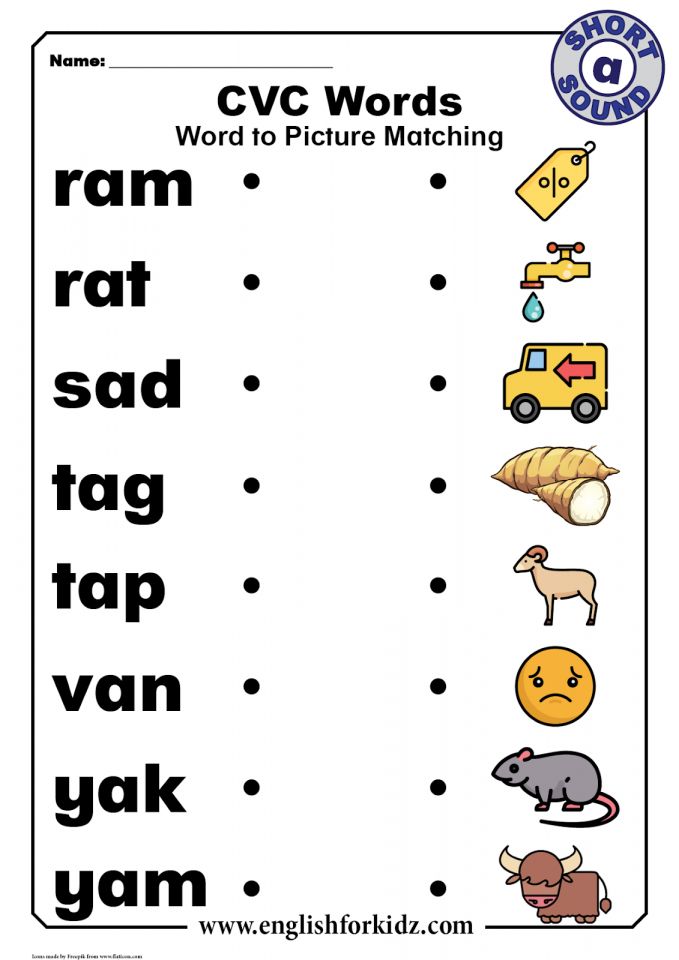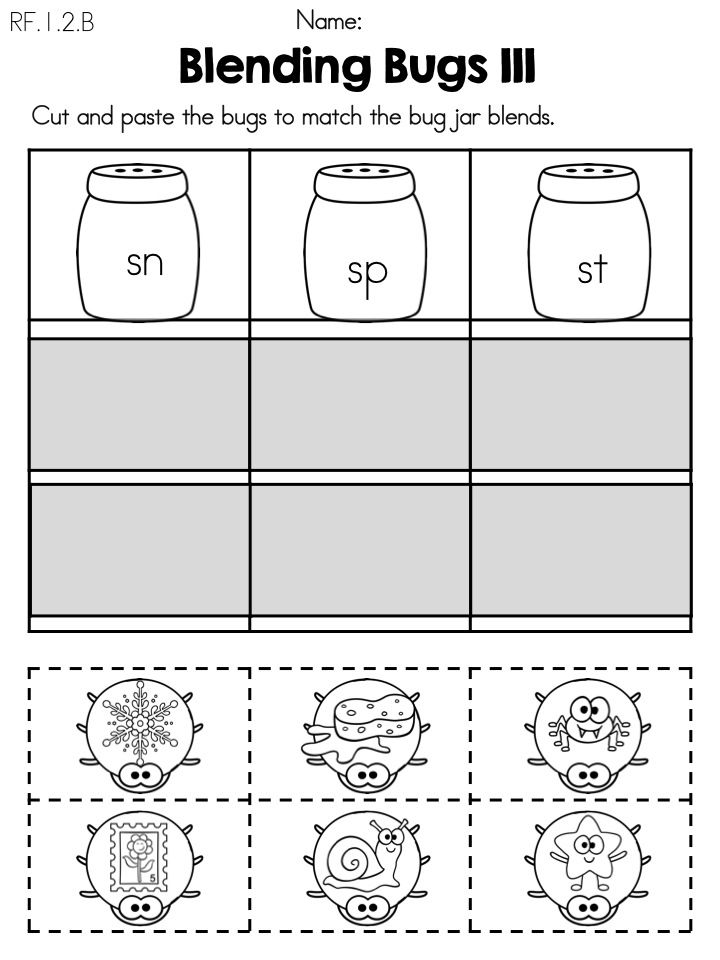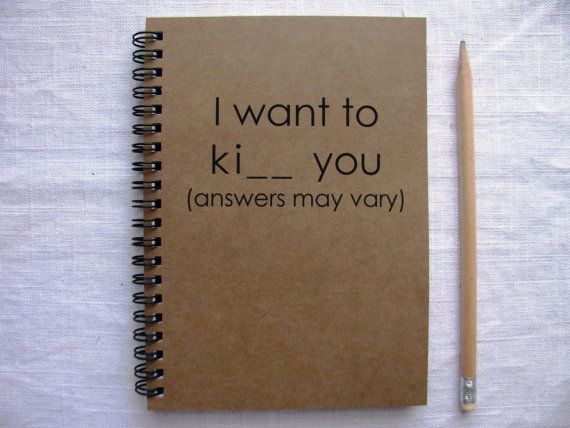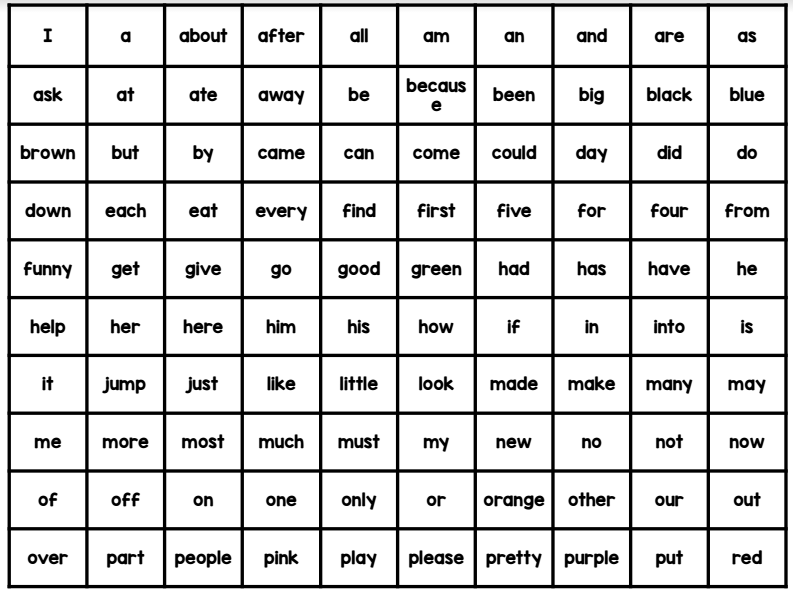Doubling final consonant
Doubling the final consonant before adding –ed or –ing
Ask the Editor
Question
When do you double the consonant at the end of a verb, before adding –ed or –ing? — Pasam G, Tanzania
Answer
SPELLING RULES FOR VERBS WITH -ING AND -ED ENDINGS
When a verb ends in a consonant, sometimes the consonant is doubled before adding the –ed or –ing ending, like this:
stop --> stopped, stopping
- Lucy stopped the car.
- Why was Lucy stopping the car?
And sometimes the final consonant is not doubled, like this:
shift --> shifted, shifting
- Sandy shifted the gears.
- Sandy was shifting the gears too much.
To know when to double the final consonant, follow the rules below.
RULES
- In a word with 1 syllable, double the final consonant ONLY if the word ends in 1 vowel + 1 consonant.
- In a word with 2 or more syllables, double the final consonant ONLY if the word ends in 1 vowel + 1 consonant AND the final syllable is stressed.
- At the end of a word, don’t count w, x, or y as a consonant.
APPLYING THE RULES
These verbs get a doubled final consonant:
- tip / He tipped the waiter. /He isn't tipping the waiter.
- cram / The students crammed for the test. /The students were cramming for the test.
- regret / Carl regretted the things he had said. /Carl was regretting the things he had said.
These verbs do not get a doubled final consonant:
- vote --> voted, voting (vote ends in a vowel)
- instruct --> instructed, instructing (instruct ends in 2 consonants)
- listen --> listened, listening (listen has 2 syllables and the final syllable is not stressed)
Archive
Select month.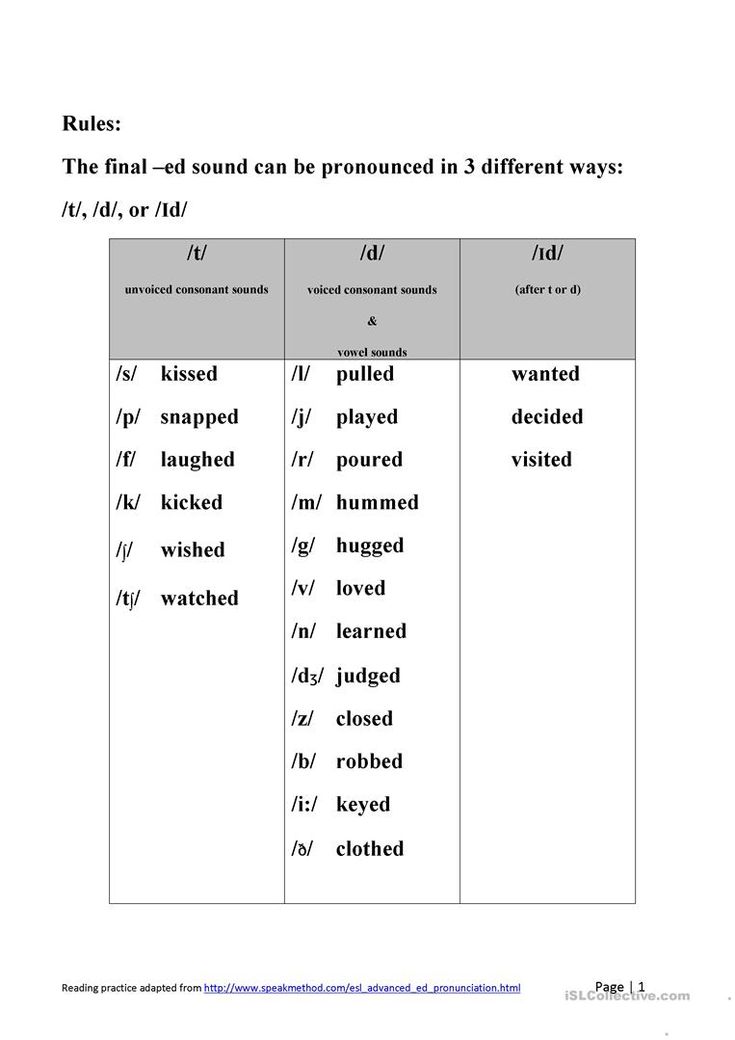 ..February 2022January 2022December 2021November 2021October 2021September 2021August 2021July 2021June 2021May 2021April 2021March 2021February 2021January 2021December 2020November 2020October 2020September 2020August 2020July 2020June 2020May 2020April 2020March 2020February 2020January 2020December 2019November 2019October 2019September 2019August 2019May 2019April 2019March 2019February 2019January 2019December 2018November 2018October 2018September 2018August 2018July 2018June 2018May 2018April 2018March 2018February 2018January 2018December 2017November 2017October 2017September 2017August 2017July 2017June 2017May 2017April 2017March 2017February 2017January 2017December 2016November 2016October 2016September 2016August 2016July 2016June 2016May 2016April 2016March 2016February 2016January 2016December 2015November 2015October 2015September 2015August 2015July 2015June 2015May 2015April 2015March 2015February 2015January 2015December 2014November 2014October 2014September 2014August 2014July 2014June 2014May 2014April 2014March 2014February 2014January 2014December 2013November 2013October 2013September 2013August 2013July 2013June 2013May 2013April 2013March 2013February 2013January 2013December 2012November 2012October 2012September 2012August 2012July 2012June 2012May 2012April 2012March 2012February 2012January 2012December 2011November 2011October 2011September 2011August 2011July 2011June 2011May 2011April 2011March 2011February 2011January 2011December 2010November 2010October 2010September 2010August 2010July 2010June 2010May 2010April 2010March 2010February 2010January 2010December 2009November 2009October 2009September 2009August 2009July 2009June 2009May 2009April 2009March 2009February 2009January 2009December 2008November 2008October 2008September 2008
..February 2022January 2022December 2021November 2021October 2021September 2021August 2021July 2021June 2021May 2021April 2021March 2021February 2021January 2021December 2020November 2020October 2020September 2020August 2020July 2020June 2020May 2020April 2020March 2020February 2020January 2020December 2019November 2019October 2019September 2019August 2019May 2019April 2019March 2019February 2019January 2019December 2018November 2018October 2018September 2018August 2018July 2018June 2018May 2018April 2018March 2018February 2018January 2018December 2017November 2017October 2017September 2017August 2017July 2017June 2017May 2017April 2017March 2017February 2017January 2017December 2016November 2016October 2016September 2016August 2016July 2016June 2016May 2016April 2016March 2016February 2016January 2016December 2015November 2015October 2015September 2015August 2015July 2015June 2015May 2015April 2015March 2015February 2015January 2015December 2014November 2014October 2014September 2014August 2014July 2014June 2014May 2014April 2014March 2014February 2014January 2014December 2013November 2013October 2013September 2013August 2013July 2013June 2013May 2013April 2013March 2013February 2013January 2013December 2012November 2012October 2012September 2012August 2012July 2012June 2012May 2012April 2012March 2012February 2012January 2012December 2011November 2011October 2011September 2011August 2011July 2011June 2011May 2011April 2011March 2011February 2011January 2011December 2010November 2010October 2010September 2010August 2010July 2010June 2010May 2010April 2010March 2010February 2010January 2010December 2009November 2009October 2009September 2009August 2009July 2009June 2009May 2009April 2009March 2009February 2009January 2009December 2008November 2008October 2008September 2008
You can read more articles in the archive.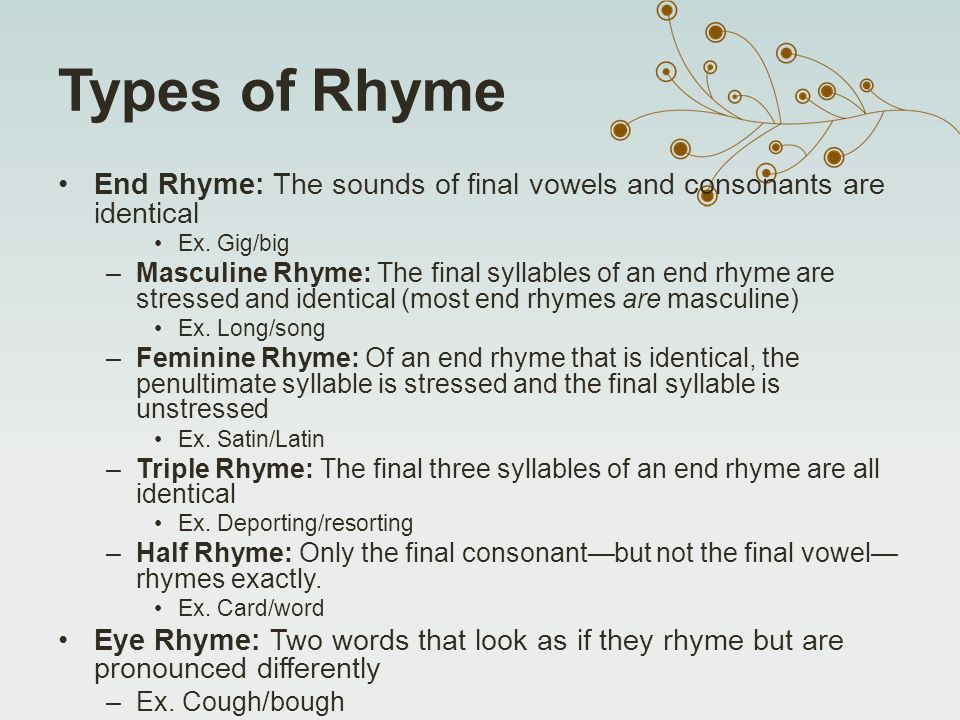
Double Final Consonants - What They Are and How to Teach Them
So many teachers overlook teaching double final consonants because, as advanced readers, we find words with double final consonants easy to read.
While double final consonants may not be extremely tricky, like CVCe, they still need to be taught explicitly to our students.
(For more about teaching phonics explicitly and systematically, see this blog post about the right way to teach phonics.)
Double final consonants are an English phonics spelling rule that teaches us that usually, when a word has one syllable with one short vowel and ends in /s/, /l/, /f/, or /z/, the final consonant will be doubled.
This rule may be simple, but I think we need more of that in the English language, right? 🤪
Teaching the double final consonants spelling rule increases the reading and spelling vocabulary of students without having to teach them new sounds.
Talk about setting them up for success! YAY!
Here are some examples of words with double final consonants.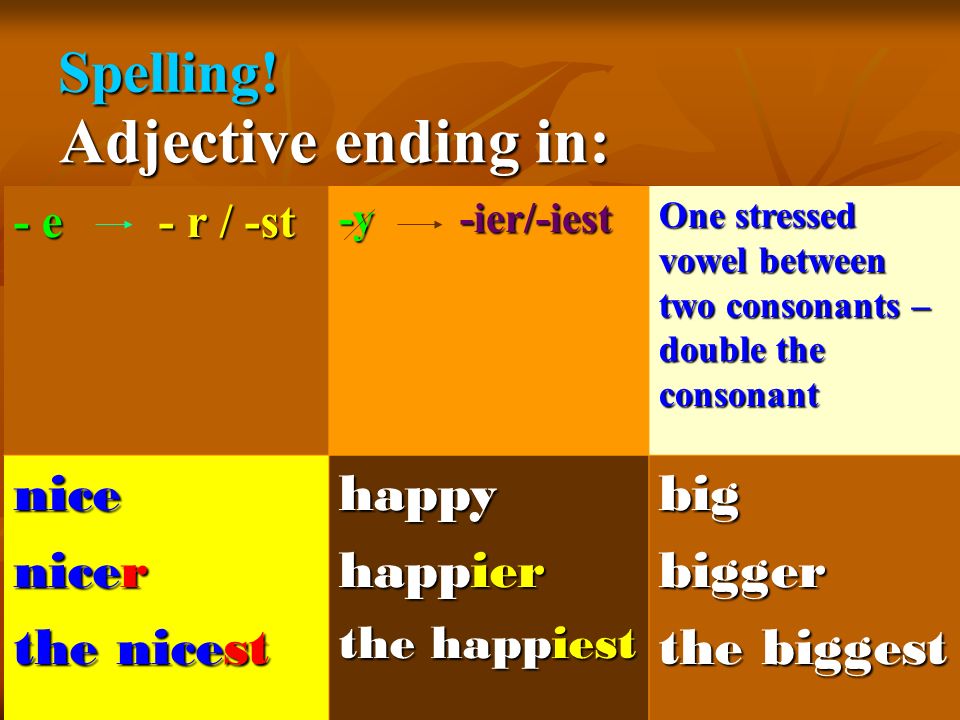
Notice that all of these words have one syllable, which means one vowel sound.
These words also end in the following sounds: /f/, /l/, /s/, /z/.
Examples
| ff | ll | ss | zz |
| off | hill | kiss | buzz |
| huff | well | mess | jazz |
When should I teach Double Final Consonants?
I recommend that you teach double final consonants after teaching letter sounds and digraphs, but before teaching blends.
Remember, this spelling rule doesn’t require any new sounds to be taught, but increases their ability to decode and encode (spell/write) new words.
🙌🏼
P.S. You can see and download my complete phonics scope and sequence here.
How do I teach Double Final Consonants?
There are many ways to teach double final consonants. However, we want to keep in mind that we should be as explicit as possible.
That means that we should teach our students with the same definition that I gave you above.
Double final consonants are an English phonics spelling rule that teaches us that usually, when a word has one syllable with one short vowel and ends in /s/, /l/, /f/, or /z/, the final consonant will be doubled.
Then, I personally like to share a fun way they can remember the rule.
I love the popular mnemonic: Sammy Loves Friendly Zebras
This poster can be found in the Phonics Rules Posters pack!Although we do not see words with double final consonants in that sentence, we remember that when a one syllable word with one vowel sound ends in s, l, f, or z, [Sammy Loves Friendly Zebras] the final consonant is doubled.
You can even have your students make their own illustration of Sammy Loves Friendly Zebras, and then write example words to go with it. My students LOVE doing this.
Free Videos for Teaching Double Final Consonants
You know that I love using videos to enhance phonics instruction and review! Here are some free videos you can use to supplement your double final consonants lesson.
The Floss Rule
Remember how I mentioned there are multiple ways to teach the double final consonants spelling rule?
Many teachers like to call it the “floss” rule.
I like this one, but it leaves out z. For this reason, I prefer to use Sammy Loves Friendly Zebras.
However, this floss rule video does a great job at explaining and showing the double final consonant spelling rule.
Alphablocks always engage young learners! In this video, they will practice reading and spelling words with double final consonants.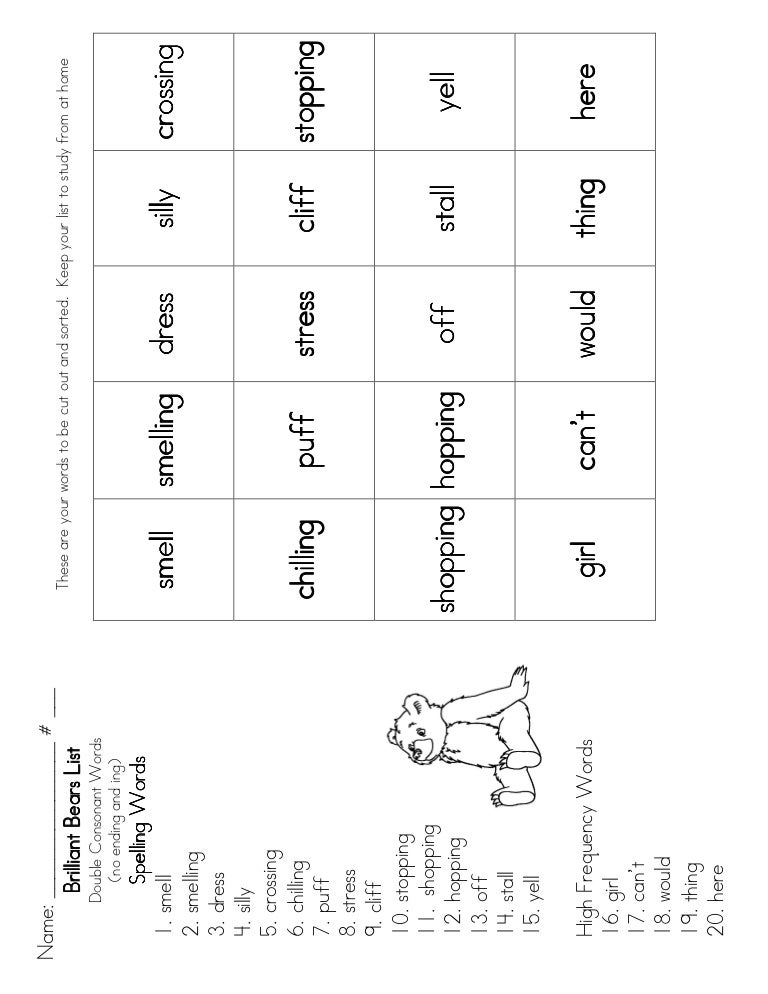
Resources for Teaching Double Final Consonants
Printable Resources
Are you looking for printable resources for teaching double final consonants?
Check out my free double final consonants word list below!
I have the Sammy Loves Friendly Zebras poster included in my Phonics Rules Posters set. It comes in both color and black and white.
Phonics Rules Posters
$3.00
These Phonics Rules Posters will serve as a visual tool to help your students with reading and spelling.
Use these phonics posters for your focus wall, or print multiple to a page and have students keep/glue them into their notebooks.
Buy Now
I have loved these easy to use posters to share with students in my classroom.
Students have been referencing them as well!
Great Tools! -Samantha W.
Give your students plenty of practice blending and reading words with double final consonants with these best-selling blend and read double final consonant worksheets!
Blend and Read – Words with Double Final Consonants
$1.50
Oh, double consonants! Do your students struggle to blend word with double consonants and therefore read words with double consonants? These blend & read double consonant worksheets are exactly what you and your students need to start reading words with double consonants fluently! By practicing blending and reading double consonants in a consistent and systematic way, your students will be blending reading words with double consonants independently in no time!
Buy Now
This was perfect for extra practice with double consonants. I love the dots under each sound for students to touch as they blend and read each word. -Resource Resources by Miss M
I love the dots under each sound for students to touch as they blend and read each word. -Resource Resources by Miss M
Digital Resources
As so many teachers and students are finally heading back to school in person, remember that digital resources are NOT confined to virtual learning.
Boom cards are an amazing way to incorporate centers, 1-on-1 practice, small group practice, and even homework into your in-person learning. (Read more about Boom Cards here.)
I have three different sets of Boom Cards for double final consonants.
Here, students practice blending and reading words with double final consonants.
In this set, students practice building words with double final consonants.
I LOVE these Boom Cards because it requires students to read words with double final consonants in the context of a sentence.
These three resources are meant to provide the ultimate double final consonant instruction and practice when used together.
Want to try the Boom Cards?
Click here for a PLAYABLE preview of ALL the Double Final Consonant Boom Cards!
Psst…You can get ALL three sets of double final consonant Boom cards in this money-saving bundle!
Double Final Consonants Boom Cards™ MEGA BUNDLE
$3. 20
20
From starting to blend words with Double Final Consonants…to reading them in the context of a sentence…to writing them…this ultimate Double Final Consonants Words Boom Card bundle has everything you need for Double Final Consonants word mastery in person or online!
Buy Now
Love these BOOM cards. Great review for my students. They enjoy practicing with these. Thank you! -Joleen J.
Free Double Final Consonant Word List
Would you like a list of decodable words with double final consonants to help you in your double final consonant lessons and practice?
Enter your email below and download it right away!
How do you teach double final consonants? Do you have any tips or tricks to share? Share them with us in the comments below! 👇🏼
Mastering the latest borrowings with consonant doubling
Turko Uliana Igorevna
Mastering the latest borrowings with consonant doubling
graphemes "s".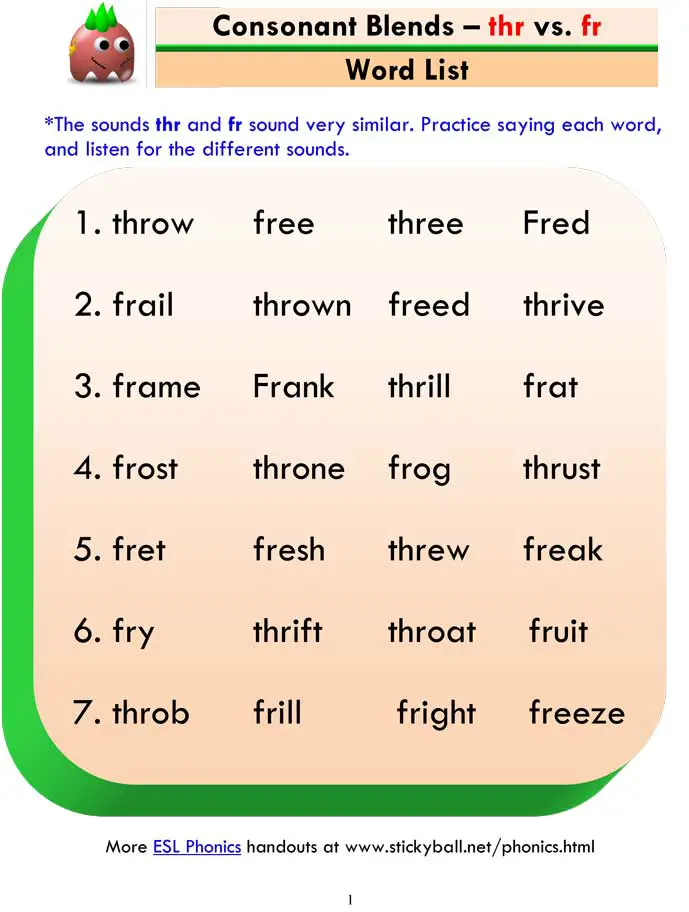 The rules for the transfer of borrowings in the receiving language and the principles that guide codifiers in the normalization of linguistic phenomena are clarified, the relationship between the data of lexicographic sources and written speech practice is investigated. Article address: www.gramota.net/materials/272016/5-1/44.html
The rules for the transfer of borrowings in the receiving language and the principles that guide codifiers in the normalization of linguistic phenomena are clarified, the relationship between the data of lexicographic sources and written speech practice is investigated. Article address: www.gramota.net/materials/272016/5-1/44.html
Source
Philological sciences. Questions of theory and practice
Tambov: Diploma, 2016. No. 5(59): in 3 parts. Part 1. C. 151-154. ISSN 1997-2911.
Address of the journal: www.gramota.net/editions/2.html
Contents of this issue of the journal: www.gramota.net/mate rials/2/2016/5-1/
© Gramota Publishing House
Information about the possibility of publishing articles in the journal is posted on the website of the publisher: www.gramota.net Questions related to the publication of scientific materials, the editors ask to send to the address: [email protected]
1. The number of examples describing green objects by J. Darrell far exceeds the number of descriptions by M. M. Prishvin, which is partly due to the fact that the climate in Russia is much more severe than in Greece, the vegetation period of plants is very short. Another reason is that M. M. Prishvin is more inclined than J. Durrell to observe the movement of life, his attention is often drawn to changes in the state of natural objects, to reflections on the irreversible flow of time, on the meaning of life.
Darrell far exceeds the number of descriptions by M. M. Prishvin, which is partly due to the fact that the climate in Russia is much more severe than in Greece, the vegetation period of plants is very short. Another reason is that M. M. Prishvin is more inclined than J. Durrell to observe the movement of life, his attention is often drawn to changes in the state of natural objects, to reflections on the irreversible flow of time, on the meaning of life.
2. The language units used by M. M. Prishvin to create images of green color are, first of all, direct color designations: nouns and adjectives in the forms of different cases, verbs in the forms of the present, past and future tenses, participles. With the help of the writer's use of verbs and participles, he manages to show the variability of color over time. Compound adjectives, created by adding an adverb and an adjective, help it reflect shades of color. Shades of green are also represented by numerous names of flowers and trees in which the implicit color seme is realized.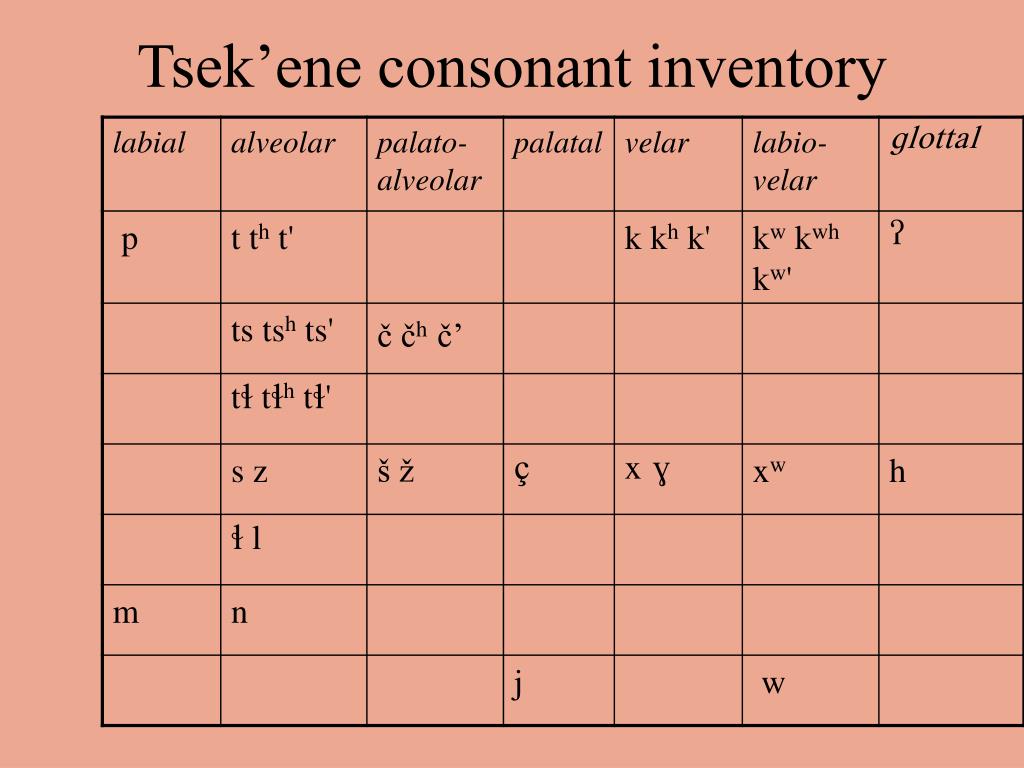 Light vocabulary brings additional charm to the linguo-color palette of the writer.
Light vocabulary brings additional charm to the linguo-color palette of the writer.
3. J. Durrell's linguistic ways of representing green color are very diverse: this is the use of direct color designations (nouns and adjectives with the denotative seme of green), the use of various comparisons, comparative constructions and phrases for a more accurate transmission of color shades. Additional characteristics of green are represented by numerous lexical units that have differential or implicit color semes in their meaning. It is especially necessary to note J. Durrell's love for light images, which make the writer's color picture of the world even more vivid and expressive.
References
1. Kulpina VG Linguistics of color: color terms in Polish and Russian. M.: Moscow Lyceum, 2001. 470 p.
2. Lopatin VV, Lopatina LE Explanatory dictionary of the modern Russian language. M.: Eksmo, 2008. 928 p.
3. Prishvin M. M. There were hunters. L.: Lenizdat, 1983. 383 p.
383 p.
4. Durell G. My Family and Other Animals. L., 2007. 300 p.
5. Hornby A. S. Oxford Advanced Learner's Dictionary of Current English. Oxford: Oxford University Press, 2005. 1422 p.
COMPARATIVE ANALYSIS OF VOCABULARY WITH THE MEANING OF GREEN IN J. DARRELL'S AND M. M. PRISHVIN'S IDIOLECTS
Timofeeva Al'bina Mikhailovna, Ph. D. in Philology, Associate Professor Tyumen State Oil and Gas University (Branch) in Tobolsk am_timofeeva@mail. en
The article sets a task to reveal and analyze the vocabulary with the meaning of green in the idiolects of the Russian writer M. M. Prishvin and the English writer and naturalist J. Darrell. The author seeks to identify the preferences of the writers in the choice of language units highlighting the denotative, differential or implicit seme of the color in the lexical meaning of the words used. The researcher concludes that both writers use a wide variety of words with the meaning of green, but J. Darrell's idiolect has more of them in terms of quantity.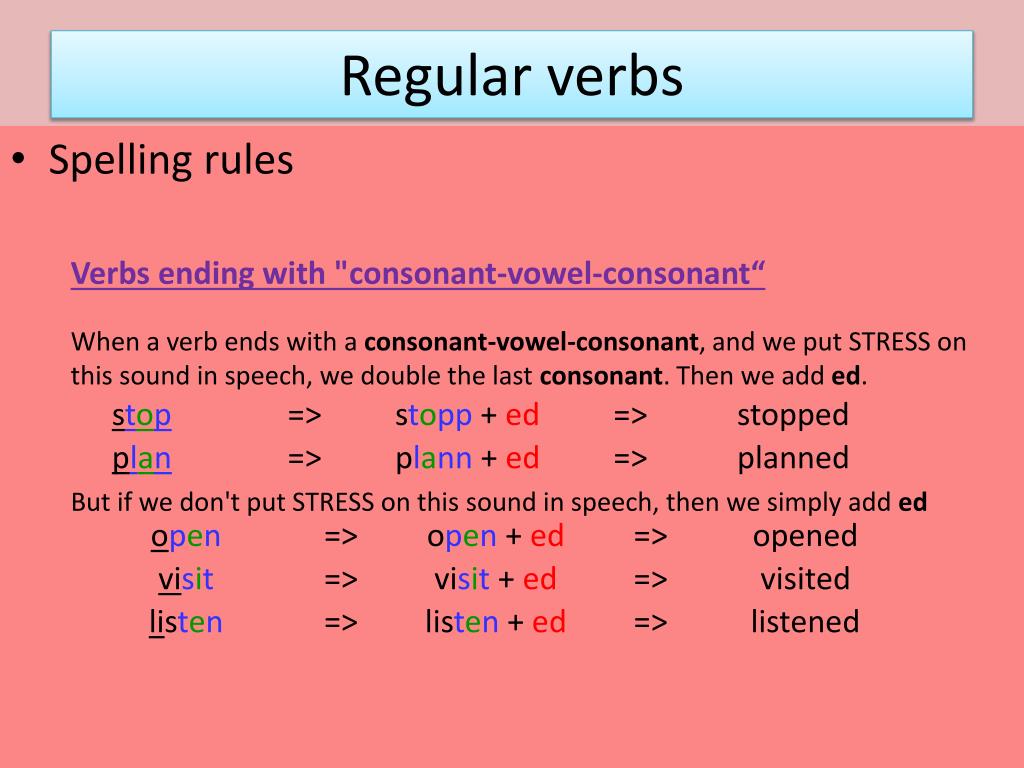
Key words and phrases: comparative analysis; component analysis of vocabulary; idiolect; lexical meaning; green colour.
UDC 811.81-26
The article is devoted to the problem of adaptation in the Russian language of the newest borrowings that have a consonant doubling of the grapheme "s" in the source language. The rules for the transfer of borrowings in the receiving language and the principles that guide codifiers in the normalization of linguistic phenomena are clarified, the relationship between the data of lexicographic sources and written speech practice is investigated.
Key words and phrases: consonant doubling; loss of consonant doubling; borrowed word; development of borrowings; source language; codification; written speech practice.
Turko Ulyana Igorevna, Candidate of Philology PhD, Associate Professor
Yelets State University named after I. A. Bunin ulya@yelets. lipetsk. t
MASTERING THE NEWEST BORROWINGS WITH CONSONANT DOUBLING
The research material in this article was lexemes with consonant doubling of the grapheme c, noted in the "The latest explanatory dictionary of the Russian language of the XXI century" [19], as well as disbursed loans. Double consonants in Russian are used mainly at the junction of significant parts of a word (prefix and root, prefix and prefix, root and suffix), in suffixes or in compound words. Root doubling in lexemes of native Russians is quite rare and concerns two consonants - zh and s, for example, in such words as yeast, reins, juniper, buzz, in the forms of the verb burn, as well as quarrel, Russia and their derivatives. The question of the spelling of lexemes with consonant doubling in borrowings remains open and is solved in dictionary order.
Double consonants in Russian are used mainly at the junction of significant parts of a word (prefix and root, prefix and prefix, root and suffix), in suffixes or in compound words. Root doubling in lexemes of native Russians is quite rare and concerns two consonants - zh and s, for example, in such words as yeast, reins, juniper, buzz, in the forms of the verb burn, as well as quarrel, Russia and their derivatives. The question of the spelling of lexemes with consonant doubling in borrowings remains open and is solved in dictionary order.
When writing untranslatable borrowed words in the receiving language, practical transcription is used, which aims to reflect the pronunciation as close as possible to the original, and, where necessary, to write a foreign word using Russian graphics [11, p. 7], as well as preserving, if possible, the morphemic structure of the word, its graphic features (for example, the presence of doubled consonants), phonemic oppositions of the language [14, p.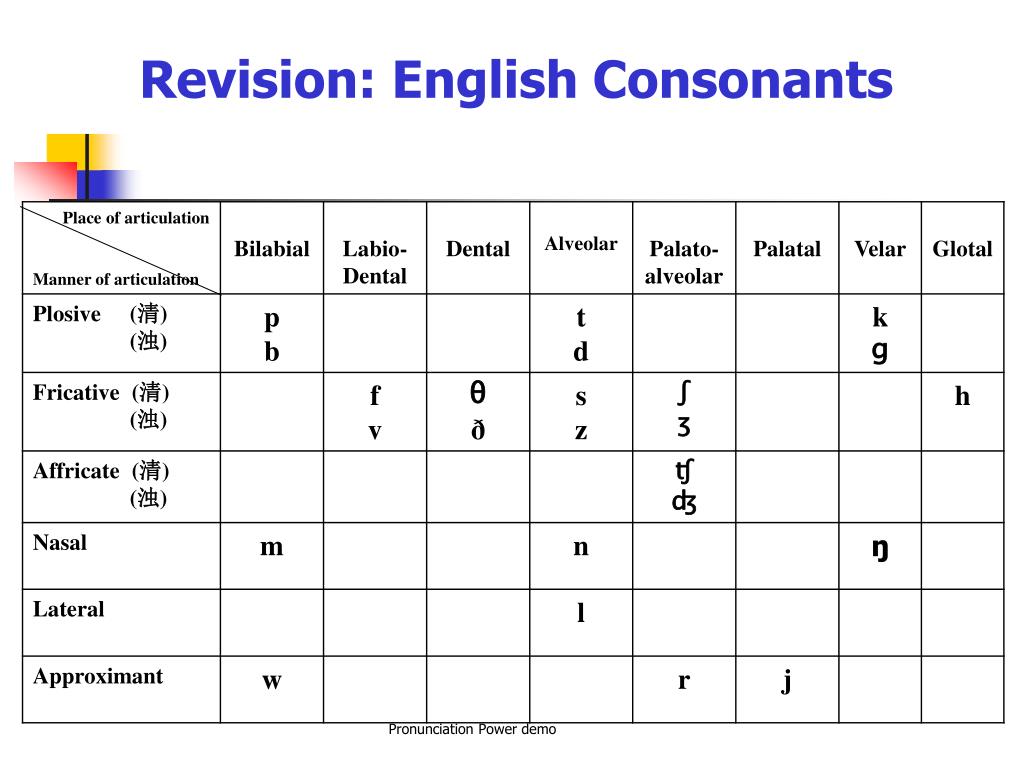 9]. It is the main form of transmission of foreign proper names, as well as terms, the translation of which is impossible or undesirable for some reason.
9]. It is the main form of transmission of foreign proper names, as well as terms, the translation of which is impossible or undesirable for some reason.
Using the example of borrowings that have a doubling of the grapheme c in the source language, let's consider the spelling of lexemes in the receiving language. Consonant doubling, according to the dictionary [19], is preserved in the intervocalic position, regardless of the place in relation to the stressed syllable, i.e. present in both phonetically strong and weak pronunciation positions: messe(s)j, messenger, embossing, brossage, rassul, thalassotherapy, at the end of a one-word nominative unit or at the end of one of the parts of a compound word: wellness, floss, dress code , pit boss, press junket, ski pass, high class. The double consonant is present in lexemes with the elements mass- as the first component of the name, -cross- - the second or the first one, in borrowings with the part -stress: mass media, massfriending, kayak-cross, cross-country, distress, eustress, etc.
In three lexemes that have the contact spelling of two identical consonants in the source language, when borrowed into Russian, one of the graphemes was simplified: bracière, combidres, fitness [Ibid.].
The word fitness(c) with the meaning of 'health improvement method, including a set of physical exercises and a balanced diet' came into the Russian language at the end of the 20th century. and experienced hesitation in writing. At the initial stage of mastering a foreign language lexeme in written speech practice, it is often sought to reproduce the graphic appearance of the lexeme of the donor language, preserving doubled consonants. At present, we can talk about the well-established spelling of this lexeme, the normative spelling of which is noted by a number of dictionaries [6, p. 548; 9, With. 829; 15, p. 793], as well as the fact that the word is included in the process of word formation: fitness mania [19, p. 625], fitness pool, fitness skates, fitness team, fitness services [15, p.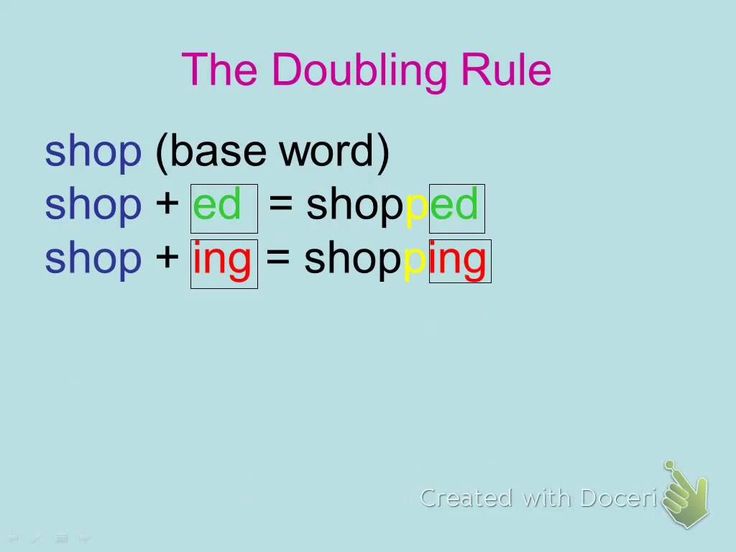 793], despite the fact that in some sources a variant with consonant doubling is recorded [18].
793], despite the fact that in some sources a variant with consonant doubling is recorded [18].
In the dictionary of E. N. Shagalova, the lexeme wellness is noted [19, p. 131], meaning 'physical and mental well-being, which is achieved through a healthy lifestyle'. The English word wellness 'good health' is formed with the suffix -ness from the lexeme well 'healthy'. In written speech practice, there are various spelling variants of the word with single or double consonants in place of etymological doubling: led(l)nes(s).
(1) A wellness center with a swimming pool, a fitness club and healthy food restaurants will soon appear in the north of Moscow [13].
(2) Each member of the younger generation finds their own individual path to recovery here with the constant support of specialists in the field of dietetics, fitness, wellness (the concept of a healthy lifestyle based on a combination of physical and mental health, proper nutrition) [8].
(3) In 2016, it is planned to.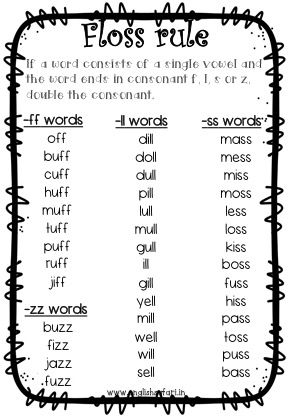 .. launch a new large-scale project "Minvody Wellness Park" in the Mineralovodsky district [4].
.. launch a new large-scale project "Minvody Wellness Park" in the Mineralovodsky district [4].
Comparing the usage statistics according to the Google search engine, the options can be arranged in descending order of their frequency. Despite the prevailing use of the lexeme with single consonants in place of etymologically doubled - wellness, the spelling of wellness is quite common - in 80.4% of cases, wellness - in 36.8%, the share of the wellness variant accounts for only 7.8% of word usages.
The research materials allow us to draw some conclusions regarding the adaptation of a foreign word. First, most often there is a loss of doubling if two identical consonants are adjacent to another consonant. In our opinion, the simplification of the consonant l doubled in writing is explained by the fact that it is in a weak position and, as S. M. Kuzmina rightly notes, is pronounced “with a consonant of normal duration” [12, p. 51]. Even J.K. Grot pointed out the redundancy in borrowed words of two doublings, since “one of them is certainly hidden in the pronunciation” [17, p.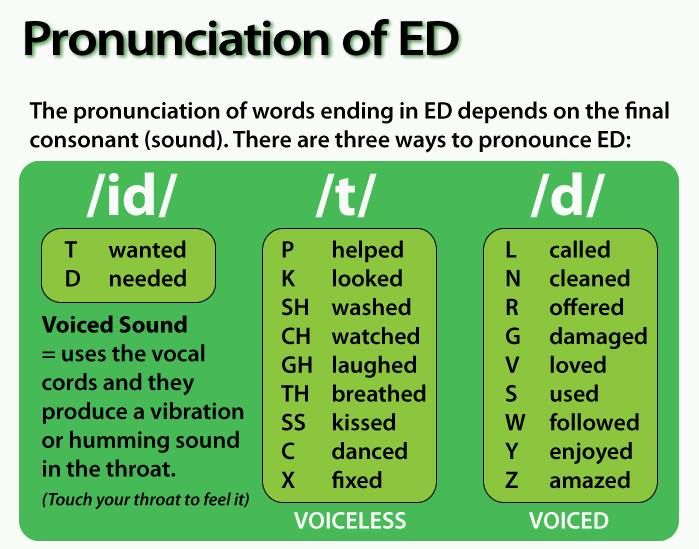 762].
762].
In the process of mastering the receiving language, doubling disappeared, for example, in such lexemes as attribute (lat. attributum), approbation (lat. approbatio), applaud (from French applaudir < from Latin applaudere) [16]. Despite the loss of a double consonant, in Russian there are a number of words of foreign origin that retain doubling in a group of three graphemes: abbreviation (Italian abbreviatura < from Latin abbrevio), appret (French appret), approximation (from Latin approximare), accreditation (from Latin accredere), attraction (French attraction) [7].
Secondly, in written speech practice, the desire of native speakers of the Russian language to preserve consonant doubling at the end of a word is obvious, while codifying this or that linguistic fact, the traditions of transferring morphemes in previously borrowed lexemes are taken into account.
In the spelling dictionaries of the Russian language, there is no fixation of the lexeme wellness as an independent nominative unit, however, the specified component is noted in the compound word: wellness club, wellness program, wellness center [15, p.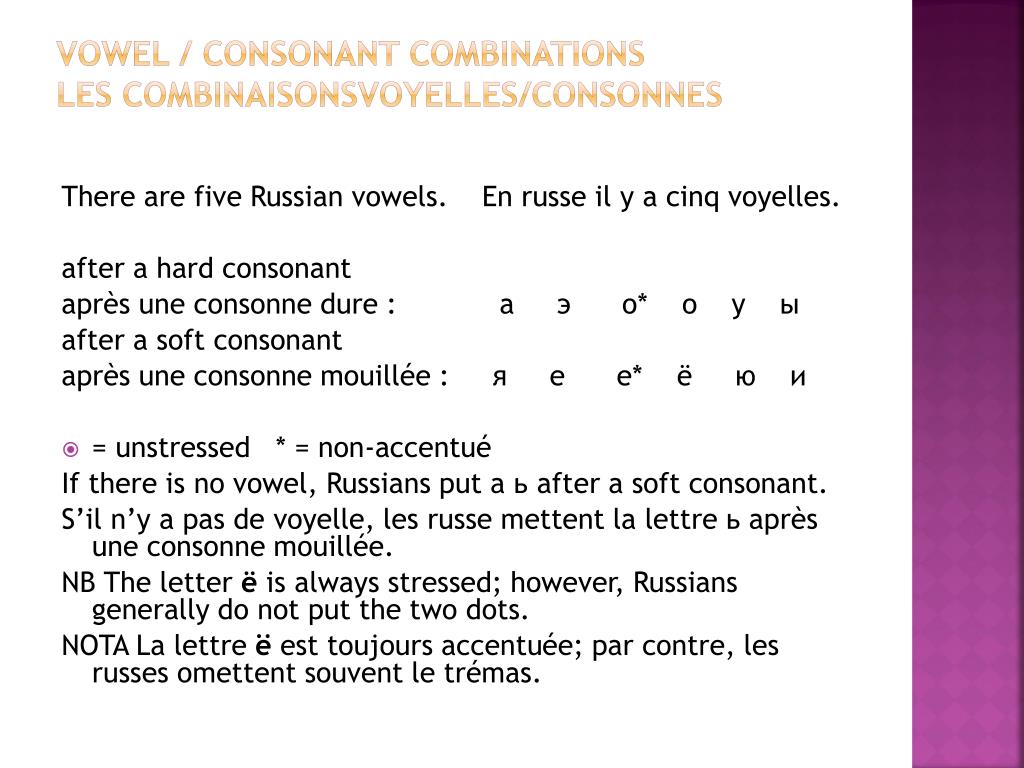 73], therefore, it can be argued that in modern Russian the variant without final consonant doubling will become fixed as a normative language. By analogy with the design of lexemes business, fitness in a compound word, spelling with a single consonant was legalized.
73], therefore, it can be argued that in modern Russian the variant without final consonant doubling will become fixed as a normative language. By analogy with the design of lexemes business, fitness in a compound word, spelling with a single consonant was legalized.
Simplification of the final double consonant also occurred in the combi dress, combi-dress lexeme < combination 'combination, combination' + dress 'dress, clothes'), which has the meaning 'a one-piece product resembling a one-piece leotard or gymnastic suit with a fastener bottom, usually sleeveless' [19, p. 268]. A variant with consonant doubling has been noted in reference books
since the end of the 20th century. [1, p. 204; 10, p. 59; 16, p. 281]. Despite the fact that spelling dictionaries currently keep the trend of writing with a single grapheme [2, p. 366; 15, p. 279], in written speech practice, the combidress lexeme prevails:
(4) The range of underwear in stores sometimes confuses the most knowledgeable women: combidresses, graces, bodysuits, bustiers .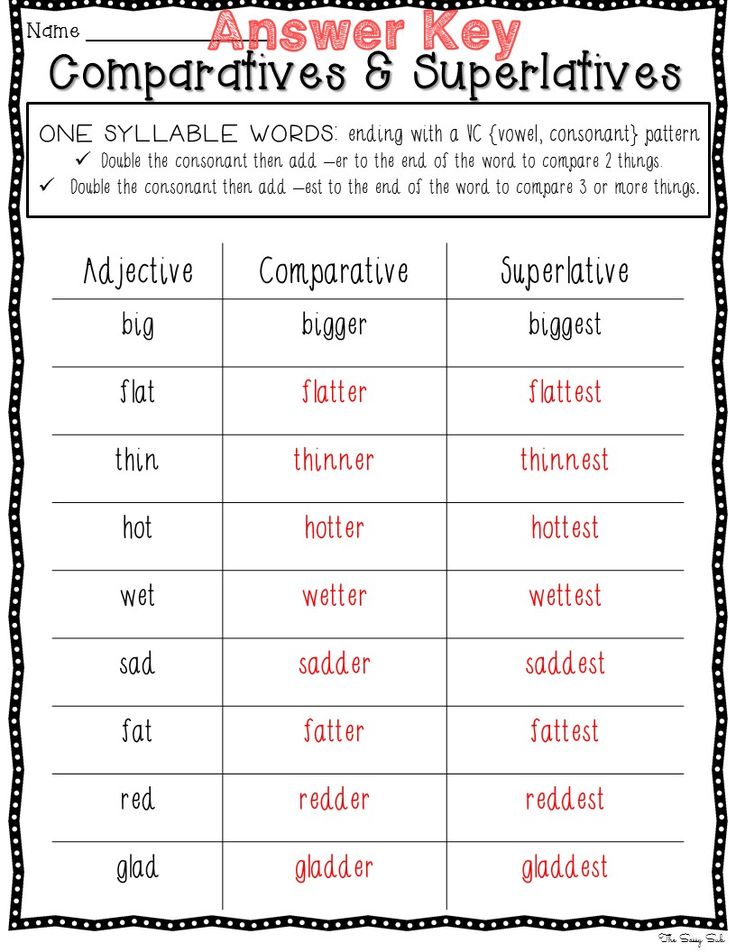 .. [3].
.. [3].
(5) Nevertheless, many people do not really like the new songs and the new image of Madonna (a kind of aerobics instructor from the mid-80s, in a pink jumpsuit and fishnet tights)! [5].
The results of the study suggest that the codification of a lexeme with a single consonant is due to the tendency to simplify consonantal doubling, if it appeared at the end of a word. However, such spelling in some cases leads to delimitation of single-root words that receive different graphic design: combi dress, but dress code [15, p. 183].
Based on the analyzed material, it can be concluded that double consonants are most often transmitted in Russian, if they are in the etymon. When deciding whether to preserve or simplify the doubling of the grapheme with, in our opinion, the following factors are taken into account: the structure of the word, the position of the consonant doubling in the word, the origin of the word, the spelling precedent.
1. Most often in foreign language lexemes doubling with is preserved if the nominative units are monosyllabic.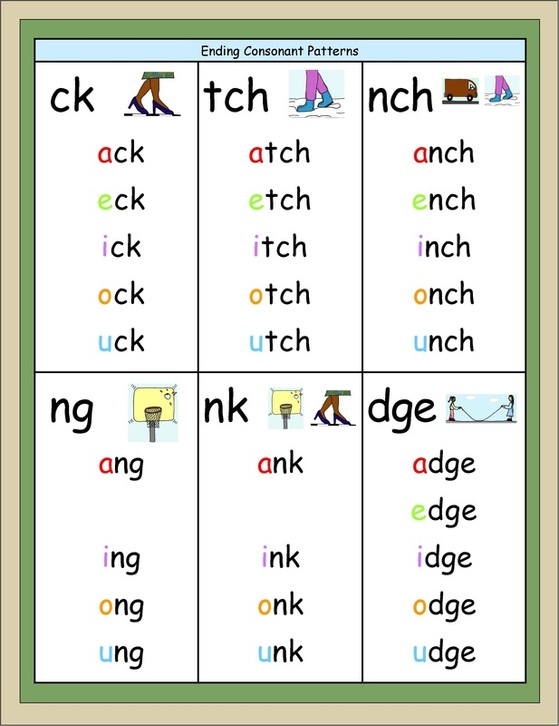 Wed: mousse (French mousse), miss (English miss), boss (English boss), cross (from English to cross), stress (from English stress), press (from Latin pressus), floss (English floss) [7; 19].
Wed: mousse (French mousse), miss (English miss), boss (English boss), cross (from English to cross), stress (from English stress), press (from Latin pressus), floss (English floss) [7; 19].
2. In some one-word lexemes that have more than one syllable, the final consonant doubling is simplified, because the consonant is in a weak pronunciation position. The trend towards the appearance of single consonants in non-monosyllabic words in place of double ones is observed in the latest borrowings that actively penetrate the Russian language from English: business, fitness, wellness, topless, combidres, bypass. However, the loss of doubled letters in the presence of lexemes in which they are present makes it difficult to identify related words.
3. In compound words, consonant doubling is preserved at the end of words, if the language has monosyllabic names with doubling: cross-cyclocross, snowboard-cross.
4. The presence of double consonants at the end of words is noted in lexemes that have long been mastered by the language, are of Latin origin, borrowed from the source language or through other languages: progress (from Lat.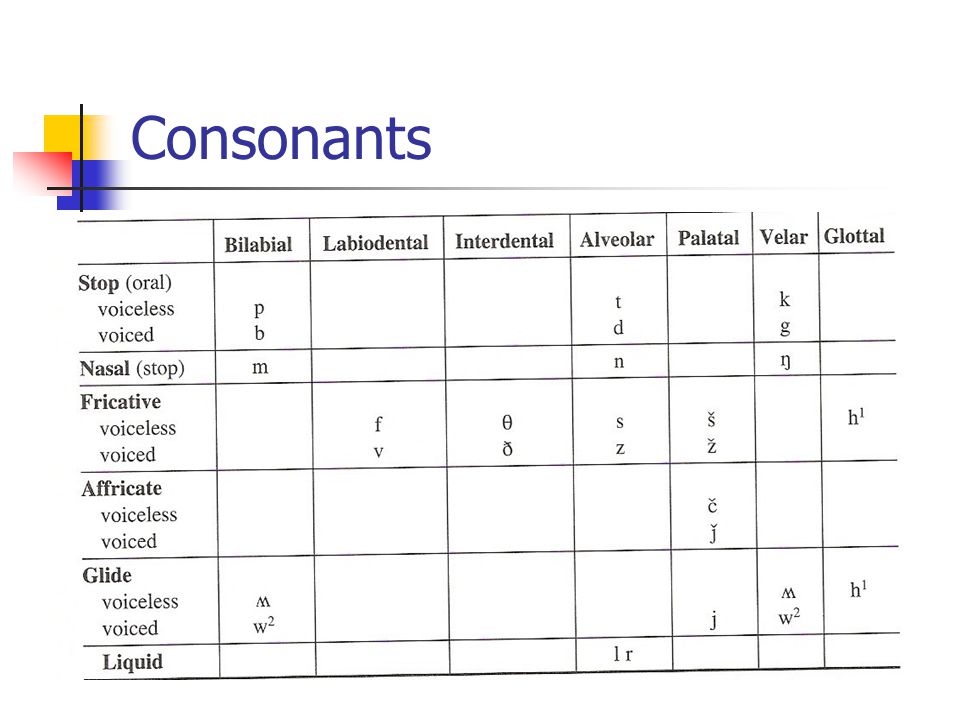 > and Education, 2007. 1152 p.
> and Education, 2007. 1152 p.
3. Velikanova M. Underwire skin [Electronic resource]. URL: http://www.mk.ru/editions/daily/article/2005/07/25/193438-kozha-na-kostochkah.html (date of access: 02/22/2016).
4. Vykhristyuk G. The share of Stavropol in the structure of the sanatorium complex of Russia - more than 16% [Electronic resource]. URL: http://kavkaz.mk.ru/articles/2015/08/26/dolya-stavropolya-v-strukture-sanatornokurortnogo-kompleksa-rossii-bolee-16-.html (date of access: 02/22/2016).
5. Business K. Queen in body [Electronic resource]. URL: http://www.mk.ru/editions/daily/article/2005/12/07/188423-koroleva-v-bodi.html (date of access: 02/22/2016).
6. Zarva M. V. Russian verbal stress: dictionary: approx. 50,000 words. M.: Publishing House of NTs ENAS, 2001. 600 p.
7. Zakharenko EN, Komarova LN, Nechaeva IV A new dictionary of foreign words: over 25,000 words and phrases. M.: Azbukovnik, 2008. 1040 p.
8. Zinov'eva A. Catch up with yourself [Electronic resource].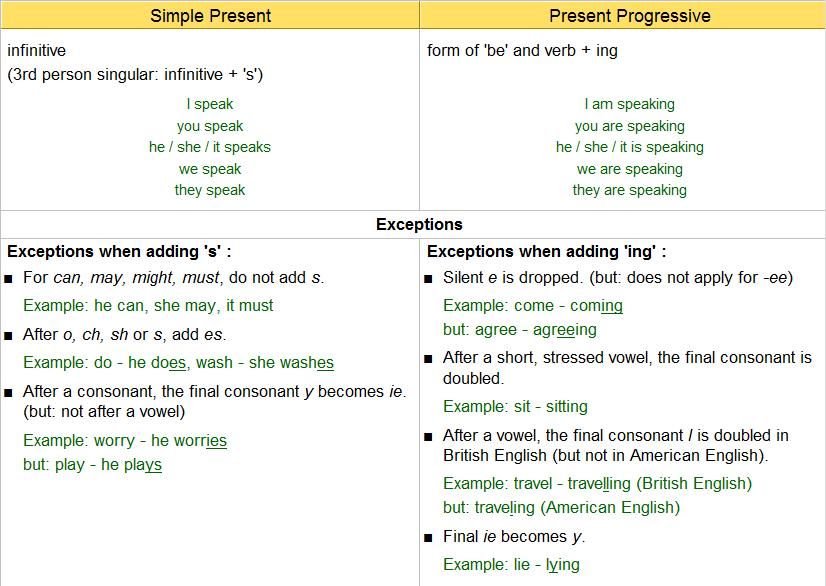 URL: http://www.mk.ru/social/2013/08/01/893413-dogoni-samogo-sebya.html (date of access: 02/22/2016).
URL: http://www.mk.ru/social/2013/08/01/893413-dogoni-samogo-sebya.html (date of access: 02/22/2016).
9. Ivanova T. F. New orthoepic dictionary of the Russian language. Pronunciation. stress. Grammar forms. M.: Rus. lang. - Media, 2005. 893 s.
10. Komlev NG Dictionary of new foreign words (with translation, etymology and interpretation). M.: MFY, 1995. 144 p.
11. Kuznetsova VI Phonetic bases for the transmission of English proper names in Russian. L.: Uchpedgiz, 1960. 120 p.
12. Kuzmina S. M. Theory of Russian spelling. M.: Nauka, 1981. 265 p.
13. Muscovites will be weaned from fast food in the wellness center [Electronic resource]. URL: http://www.mk.ru/daily/hotnews/article/2013/12/18/961831-moskvichey-stanut-otuchat-ot-fastfuda-v-velnesstsentre.h2:ml (Date of access: 02/22/2016 ).
14. Practical transcription of family-name groups / ed. R. S. Gilyarevsky. M.: FIZMATLIT, 2004. 224 p.
15. Russian spelling dictionary: approx.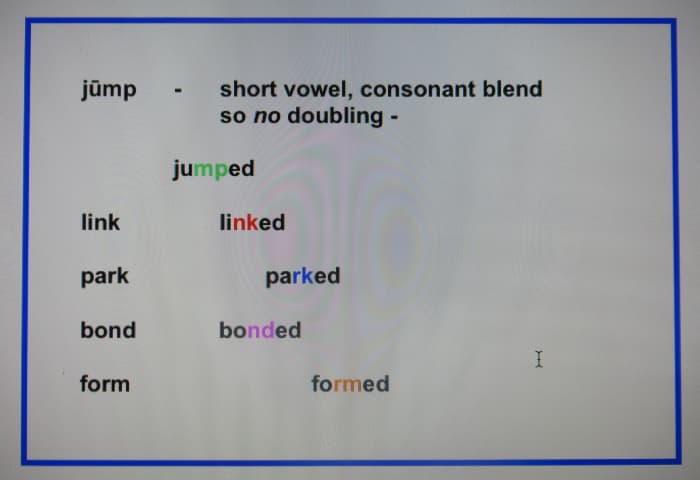 200,000 words / Russian Academy of Sciences, Institute of the Russian Language. V. V. Vinogradova; ed. V. V. Lopatina, O. E. Ivanova. M.: AST-PRESS KNIGA, 2013. 896 p.
200,000 words / Russian Academy of Sciences, Institute of the Russian Language. V. V. Vinogradova; ed. V. V. Lopatina, O. E. Ivanova. M.: AST-PRESS KNIGA, 2013. 896 p.
16. Modern explanatory dictionary of the Russian language / ch. ed. S. A. Kuznetsov. St. Petersburg: Norint, 2001. 960 p.
17. Proceedings of Ya K. Grot: in 5 volumes / ed. prof. K. Ya. Grota. St. Petersburg: Printing house of the Ministry of Railways (press I. N. Kushnerev and Co.), 1899. T. 2. Philological research (1852-1892). XVni+941 p.
18. Fitness [Electronic resource] // Big explanatory dictionary of the Russian language / comp. and Ch. ed. S. A. Kuznetsov. St. Petersburg: Norint, 2014. URL: http://www.gramota.ru/slovari/dic/?lop=x&bts=x&zar=x&ag=x&ab=x&sin=x&lv=x&az=x&pe=x&%goM=fitness (accessed : 22.02.2016).
19. Shagalova EN The latest explanatory dictionary of the Russian language of the XXI century: approx. 1,500 words. M.: AST; Astrel, 2012. 766 p.
MASTERING THE NEWEST LOAN WORDS WITH CONSONANT REDUPLICATION
Turko Ul'yana Igorevna, Ph.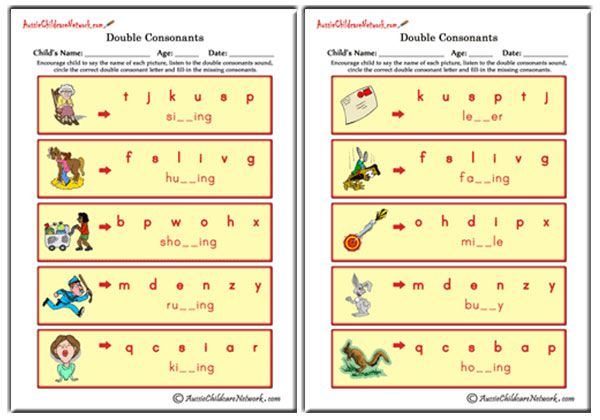 D. in Philology, Associate Professor Bunin Yelets State University ulya@yelets. lipetsk. en
D. in Philology, Associate Professor Bunin Yelets State University ulya@yelets. lipetsk. en
The article is devoted to the problem of the adaptation of the newest loan words in the Russian language that have the consonant reduplication of the grapheme "c" in the source language. The rules of the transfer of loan words in the recipient language and the principles, which codifiers follow while normalizing language phenomena, are found out, and the correlation of the data of lexicographic sources and written speech practice is examined.
Key words and phrases: consonant reduplication; loss of consonant reduplication; loanword; loan words mastering; source language; codification; written speech practice.
UDC 81
In this article, in the ethnolinguistic aspect, the correlation of words with the meaning of household items in the dictionary of Mahmud Kashgari "Divan lugat at Turk", which is a written monument of the Middle Turkic era, and the Kyrgyz language is considered. At the same time, an analysis of their sound form and semantics is given. In order to reveal the etymology of individual words, the materials of ancient and modern Turkic languages, as well as ethnographic information, were used.
At the same time, an analysis of their sound form and semantics is given. In order to reveal the etymology of individual words, the materials of ancient and modern Turkic languages, as well as ethnographic information, were used.
Key words and phrases: "Sofa"; ethnolinguistics; Turkology; vocabulary; ethnography.
Usmambetov Bayaman Zhunushbekovich, Candidate of Philology N., Associate Professor
Bishkek Humanitarian University named after K. Karasaeva, Kyrgyz Republic [email protected]
Dictionary of Mahmoud Kashgar “Sofa Lugat AT Turk” and Kyrgyz language
(ethnolinguistic analysis)
A special place in the lexical foundation of the Kyrgyz language and in the Turkic written monuments of antiquity, as well as the Middle Ages, words meaning objects necessary in life practice and related to the material culture of the Kyrgyz people, their social philosophy, aesthetics and worldview are occupied. In this sense, “Divan lugat at Turk” by Mahmud Kashgari, as a unique written monument of its kind, is the common spiritual heritage of all Turkic peoples.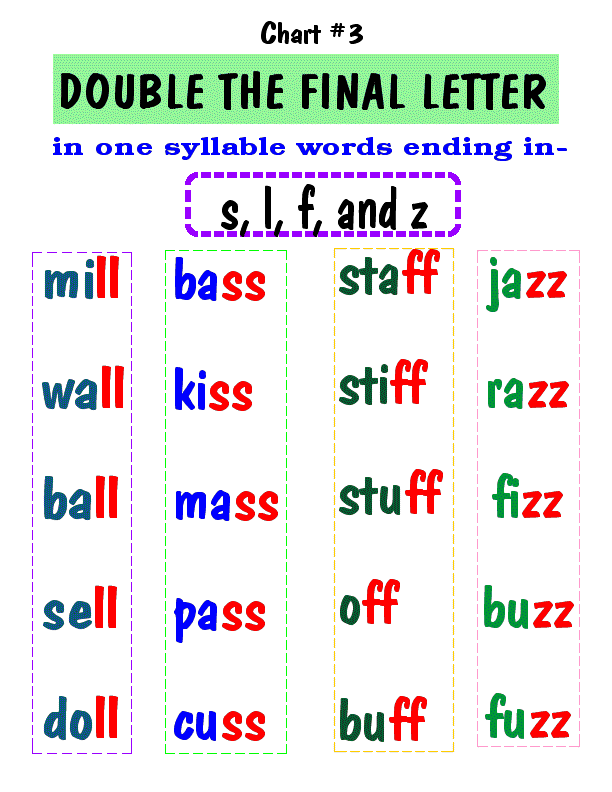 The value of this work was once noted by the Russian linguist A. N. Kononov: “The dictionary of Mahmud Kashgari is a unique work in which the general linguistic facts of the Turkic languages are like small particles of a nugget. In addition, it includes information of a linguistic, ethnographic, folklore, geographical and, finally, historical nature about such Turkic peoples as the Khakass, Turks, Turkmens, Oguzes, Yagms, Chigils, and Kyrgyzs” [4].
The value of this work was once noted by the Russian linguist A. N. Kononov: “The dictionary of Mahmud Kashgari is a unique work in which the general linguistic facts of the Turkic languages are like small particles of a nugget. In addition, it includes information of a linguistic, ethnographic, folklore, geographical and, finally, historical nature about such Turkic peoples as the Khakass, Turks, Turkmens, Oguzes, Yagms, Chigils, and Kyrgyzs” [4].
The history of studying the dictionary of Mahmud Kashgari “Divan lugat at Turk” has a wide scope in the field of general linguistics and directly in Turkic studies. The studies of the dictionary in general linguistics include the works of the following linguists: P. K. Juse (1926, 1927, 1930), K. Brockelman (1918, 1921, 1928, 1930), O. Pritsak (1950, 1953, 1955) , Y. Kelly (1971, 1972, 1973, 1988), R. Dankof (1972, 1973, 1975, 1980),
V. A. Zvegintsev (1964), I. V. Stebleva (1965), S. Klyashtorny (1974) and others. In the field of Turkology, the fundamental works of such scientists as: J. Validov (1920), A. Fitrat (1920), A.Z. Valida Togan (1930),
Validov (1920), A. Fitrat (1920), A.Z. Valida Togan (1930),
M. Mutalibov (1947, 1957, 1961), A. M. Demirchiadze (1964), A. K. Kuryshzhanov (1972), V. P. Aslanov (1972), etc.
In Kyrgyz linguistics, the study of this work begins with 70s of the last century (B. Oruzbaeva (1972), B. Osmonalieva (1972), Z. Musabaeva (1975)). Scientific interest in the "Divan" in Kyrgyz linguistics resumes in 2011 with the scientific publications of G. Zhamankulova [3], I. Sultanaliev [9], T. Tokoeva and Zh. Semenova [10].
Despite the presence of such scientific works, the study of this dictionary from the lexical aspect remains poorly understood. Given the above circumstances, we consider it necessary to consider in this article the correlation of words meaning the names of household items in the dictionary of Mahmud Kashgari "Divan lugat at Turk" and the Kyrgyz language. It should be noted that the analysis of the problem posed should be of a complex nature, i.e. when studying, we must rely on scientific findings in the field of history, ethnography and art history.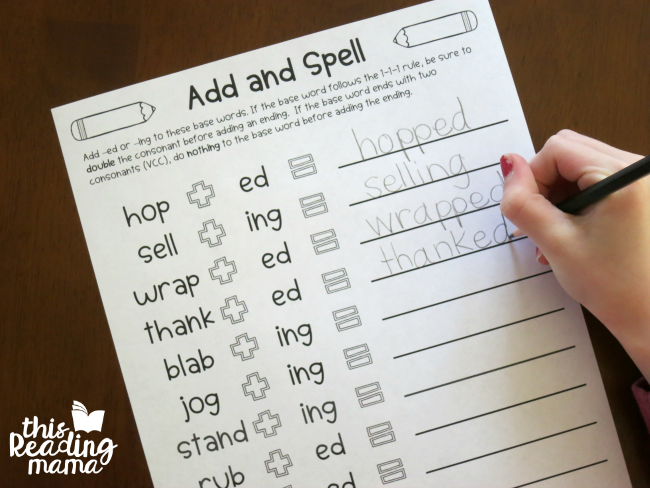
Preparing for the Unified State Examination in the Russian language and GIA
We think that everyone who takes the unified state exam wants to get the maximum number of points for it. With good results, it will be easier to enter any university. This section will help you get closer to that goal. It has everything you need for successful preparation. Also, this section is often used by students of universities and colleges.
Check online spelling
Mathematics
https://bugaga.net.ru/ege/bugaga.net.ru
Part A:
A1 | A2 | A3 | A4 | A5 | A6, A7, A8, A9, A10, A11 | A12 | A13 | A14 | A15 | A16 | A17 | A18 | A19 | A20 | A21 | A22 | A23 | A24 | A25 | A26 | A27 | A28 | A29 | A30
Part B:
B1 | B2 | B3 | B4 | B5 | B6 | B7 | B8
Part C:
Problem C1 solution
Social studies
How to write an essay in social studies
Over the past few years, the topic of the unified state exam has become especially relevant.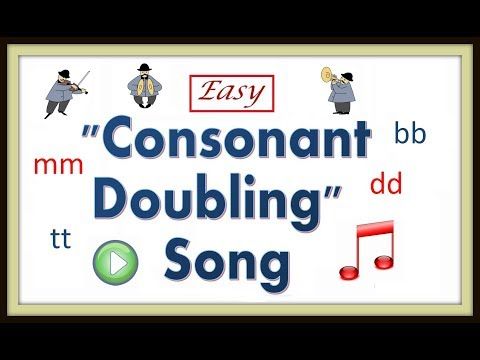 Initially, this program was introduced as an experiment, and already in the first months of testing, it established itself as an objective system for testing graduates. So what is this exam anyway?
Initially, this program was introduced as an experiment, and already in the first months of testing, it established itself as an objective system for testing graduates. So what is this exam anyway?
For example, the USE in the Russian language consists of three parts (A, B, C). The first part (A) has 30 questions with one answer, and in part B, which is more difficult than A, there are only 8 questions with writing the correct answer or multiple choice. Each graduate of the eleventh grade must take only 2 subjects without fail: Russian language and mathematics, the rest are optional. Only students with grades not lower than satisfactory, that is, without twos in the certificate, are allowed to take the exam. The work is checked by other teachers in another district in order to exclude any possibility of corruption.
In schools, many teachers literally terrify their students by talking about the ruthlessness of the USE, most universities accept only a certain number of points, and various organizations talk about the USE in order to attract clients who want to get decent preparation for the exam.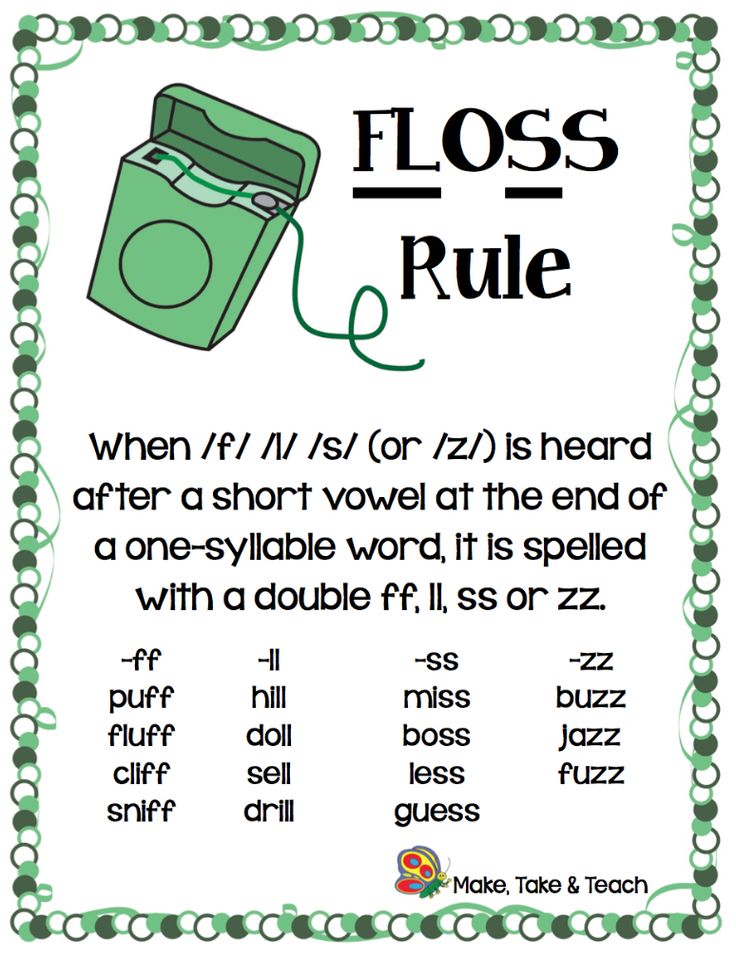 I must say that qualified training gives its own, far from bad, results. But those who have already gone through this "terrible" test, argue that for students, even with average grades, the exam should not seem too difficult, at least impossible. You just need to make a little effort, namely to learn at least the most important rules that have been covered during the entire study period, because if you were not lazy and at least occasionally opened textbooks, then you should know something. Various books help very well, offering their own examples of tasks, examples of their solutions and giving various recommendations for passing the exam. All bookstores are literally overwhelmed with such literature, and they are very cheap. For some, of course, and this will not be enough. In such cases, I would recommend contacting your teachers, most of whom are ready to help for free. I know that in many schools teachers offer to organize their own preparatory courses for little or no cost.
I must say that qualified training gives its own, far from bad, results. But those who have already gone through this "terrible" test, argue that for students, even with average grades, the exam should not seem too difficult, at least impossible. You just need to make a little effort, namely to learn at least the most important rules that have been covered during the entire study period, because if you were not lazy and at least occasionally opened textbooks, then you should know something. Various books help very well, offering their own examples of tasks, examples of their solutions and giving various recommendations for passing the exam. All bookstores are literally overwhelmed with such literature, and they are very cheap. For some, of course, and this will not be enough. In such cases, I would recommend contacting your teachers, most of whom are ready to help for free. I know that in many schools teachers offer to organize their own preparatory courses for little or no cost.
As for the GIA, there is nothing particularly complicated here either, the only difference is that the tasks in the papers are a little easier and the exam itself is not as important as the exam, because the GIA is held only among the ninth grades.





